This Thai vegetable stir-fry is garlicky, crisp-tender, and loaded with a spicy, sweet, savory, and garlicky taste.
It is quick and easy, and the flavor of Thai fish sauce and Golden Mountain Sauce will change the way you look at vegetable stir-fry forever!
I will show you how to make a Thai-style mixed vegetable stir fry (Pad Pak Ruam, ผัดผักรวม) in this recipe.
Thai-style vegetable stir-fry is similar to Chinese vegetable stir-fry. The main difference is the inclusion of fish sauce and golden mountain sauce, giving you an authentic, unmistakenly Thai flavor.
Note: This post may contain affiliate links. Please read my privacy policy for more info. I may receive commissions for purchases made through links in this post. As an Amazon Associate, I earn from qualifying purchases.
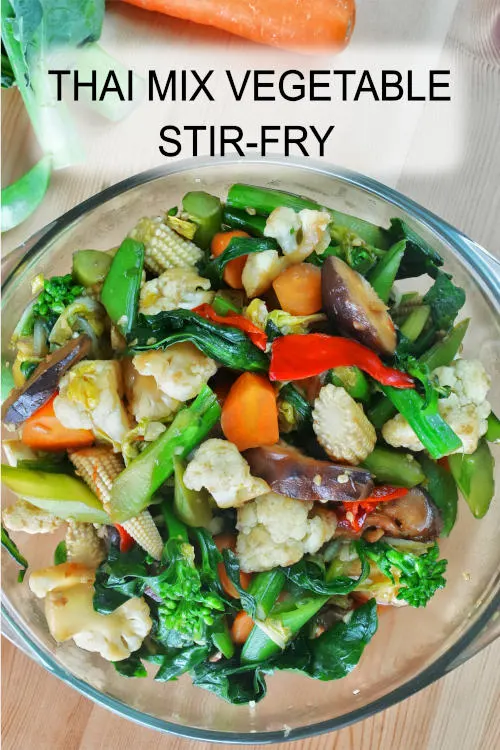
1. The main ingredients you need
First, let’s talk about the mix of vegetables.
You can use any vegetables. However, there are a few points to make it more presentable and taste better.
- First, use vegetables with different shapes and colors.
- Next, choose some leafy vegetables paired with root vegetables, crunchy peas, and chewy mushrooms to have a mix of different textures.
- Lastly, don’t forget to include fish sauce and golden mountain sauce. That will make a huge difference that separates the Thai from the Chinese style stir-fry.
Here are my choice of vegetables in the recipe:
- I chose Chinese broccoli (gai lan), Thai stir-fries’ most used levy vegetable. I would separate the leafy and stem parts as they required different cooking duration. Cut the stem of the Chinese broccoli on the bias into thin slices if they are too big.
- The recipe also includes some cauliflowers, giving a color contrast and different texture. It would be best if you separated the cauliflower florets into small pieces, making them easy to cook during stir-frying.
- Besides that, I also included some carrots to make the mixed vegetable dish more colorful. Cut the carrot into wedges by rolling it while slicing it, but you can just cut it into thin slices if you wish. Generally, all the ingredients for sit-frying should be either thinly sliced or in small pieces, as this is a quick process.
- Either dry or fresh shiitake mushrooms are suitable for stir-frying. I prefer the dry shiitake mushroom because it is aromatic and chewy. However, it needs to be rehydrated in water before use.
- Snow peas (or snap peas) are an excellent option to include in the recipe. They are crunchy, refreshing, and have an attractive shape. First, remove the fibrous string at the pod’s side, then cut each pea in half on the bias.
- I also like to add some cabbage for its crunchiness, sweet taste, and texture. Cut the cabbage into two inches pieces.
- Lastly, I include some baby corn for its sweet taste and color.
Other vegetables suitable for stir-frying include red bell peppers, bok choy, yellow squash, green onions, water chestnut, green beans, and even Thai basil. However, I will not have these in this recipe, not because there are not tasty but because there are just too many choices and variations for making a Thai veggie stir fry. Also, you can add some meat, such as pork or chicken breast meat, as the protein source, although it will become a non-vegetarian dish.
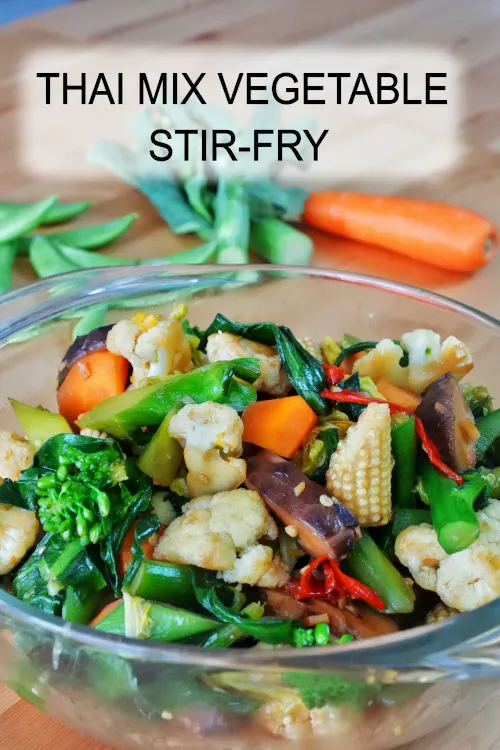
2. Other ingredients used for the Thai stir-fried vegetables
I always use vegetable oil with a high smoke point, for example, peanut oil, cannula oil, or corn oil, to stir fry. You can use coconut oil if you have one, as it will make it more authentic. I would not use olive oil because it has a relatively low smoke point and will not produce an original Thai flavor.
Before adding other vegetables to the wok, chop a few garlic cloves and saute with the vegetable oil. Garlic is an essential ingredient for all Asian stir-fries, and it will never be an issue of too much garlic!
An optional ingredient is the Thai bird’s eye chili. You can add two or three chilies if you like spicy food. I suggest not cutting them into small pieces but just bashing the chilies so you will not accidentally chew into the fiery hot chili.
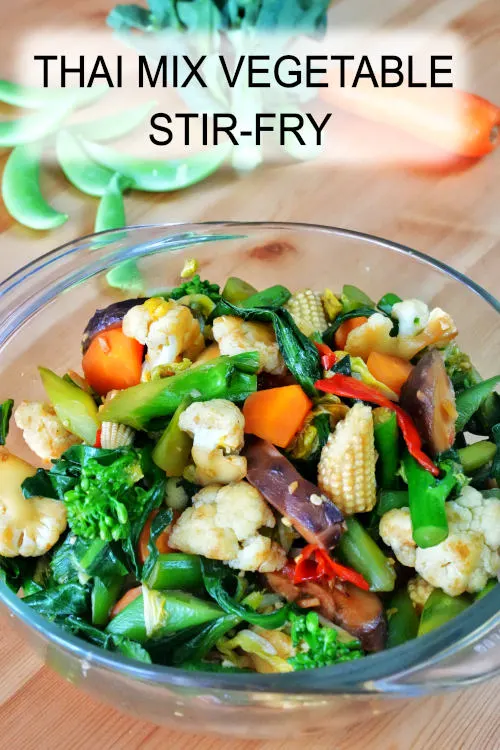
3. The order of adding the vegetables while stir-frying
I divide the ingredients into different groups and add them to the wok according to the order of the time required to stir-fry until tender. (You can use a large skillet if you do not own a wok).
The first group of ingredients is the cauliflowers, cabbage, and carrots pieces. They required a longer time to cook through until crisp-tender. You need to add a small amount of water to stir-fry these vegetables for at least one to two minutes before adding the next group of vegetables.
You should add the second group about 2 minutes after the first group. These groups are vegetables that require less time to cook: the Chinese broccoli stems and the shitake mushrooms.
It’s also the perfect time to include the premixed stir-fry sauce (as mentioned in the next section) to let the vegetables absorb the sauce’s flavor.
Lastly, include the leafy part of the Chinese broccoli and snow peas, which require the least time to come through. Continue to stir-fry over high heat for half a minute, and it is done.
As an optional step, drizzle some sesame oil into the vegetables before serving if you like the flavor.
The Thai vegetable stir fry is best to serve with Jasmine rice.
4. The sauce for Thai mixed vegetable stir-fry
The most important part of this recipe is the stir-fry sauce.
There is a slight difference between Thai and Chinese-style stir-fry. Although Thai stir-fry is mainly based on the Chinese cooking technique, fish sauce and Golden Mountain sauce are homegrown additions, making the taste significantly different from the Chinese version.
Another common difference in cooking Thai stir-fry is not using cornstarch slurry to thicken the sauce. As a result, the sauce is thinner than the Chinese stir-fry.
Note: Golden Mountain sauce is a soy sauce that is slightly darker and more flavorful than Chinese light soy sauce. The taste is similar to the Maggi seasoning.
Besides the Golden Mountain sauce and fish sauce, I include some oyster sauce and sugar to constitute the stir-fry sauce. You can use either regular or brown sugar. Also, you can substitute the oyster sauce with the vegan oyster sauce for a vegetarian dish made with mushroom extract. You may also add some ground black pepper if you wish.
I prefer to mix all these ingredients in a small bowl to become a premix source before adding them to the walk. These steps will avoid unintentionally leaving out any of these ingredients.
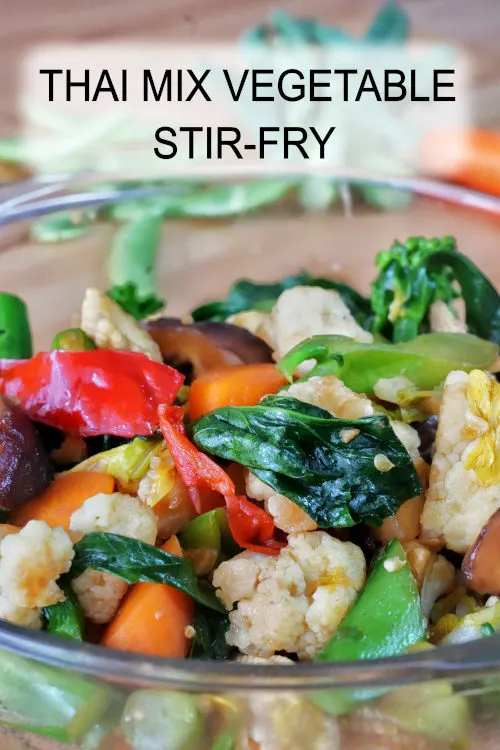
5. Other Thai cuisines you may want to try
If you like this simple stir-fry recipe, I recommend you try the following:
- Pad Thai is the most common traditional Thai stir-fried noodle dish. Try this if you have never cooked Thai noodles before.
- Thai green curry is my favorite curry with a distinctive flavor. I usually have this as a quick meal in which the curry is just placed on the side of rice to serve. Simple and delicious.
Thai vegetable stir-fry
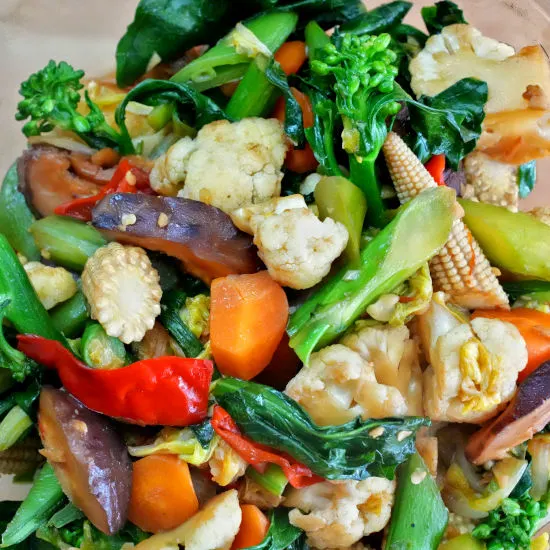
This Thai mix vegetable stir-fry is garlicky, crisp-tender, and loaded with a spicy, sweet, savory, and garlicky taste. It is a quick and easy vegetarian dish.
Ingredients
Ingredients A (vegetables)
- 200g Chinese broccoli (Gai Lan), separate the stems from the leaves
- 100g cauliflower, cut into small florets
- 50g carrots, cut into wedges
- 20 snow peas, remove the strings, and cut into half
- 6 baby corns
- 70g cabbage, cut into 2/inch pieces
- 5 dried shitake mushrooms, soaked to soften and cut into strip
Ingredients B (others)
- 1 tbsp chopped garlic
- 3 bird’s eye chili, bashed (optional)
- 2 tbsp vegetable oil
Ingredients C (sauce)
- 2 tbsp Golden Mountain sauce
- 2 tbsp fish sauce
- 2 tbsp oyster sauce
- 2 tsp sugar
- 2 tbsp water
Instructions
Preparation
- Separate the leafy and stem parts of the Chinese broccoli
- Cut the stem of the Chinese broccoli on the bias into thin slices.
- Separate the cauliflower into small florets,
- Cut the carrot into wedges by rolling it while slicing it.
- Soak the dry shiitake mushrooms in water until fully hydrated, then cut them into strips.
- Remove the fibrous string of the snow peas. Cut each pea into half on the bias.
- Cut the cabbage into two inches pieces.
Cooking
- Saute the chopped garlic and the bashed chilies with vegetable oil.
- Add the cauliflowers, cabbage, carrots, and stir-fry over medium heat for two minutes. You may add a few splashes of water if it is too dry.
- Next, include the Chinese broccoli stems, the shitake mushrooms, and the premixed stir-fry sauce (Ingredients C). Stir fry for a minute.
- Lastly, include the leafy part of the Chinese broccoli and snow peas,
- Continue to stir fry over medium-high heat for half a minute, and it is ready to serve.`
Recommended Products
As an Amazon Associate and member of other affiliate programs, I earn from qualifying purchases.
-
 Pre-Seasshioned Cast Iron Skillet 2-Piece Set (10-Inch and 12-Inch) Oven Safe Cookware - 2 Heat-Resistant Holders - Indoor and Outdoor Use - Grill, Stovetop, Induction Safe
Pre-Seasshioned Cast Iron Skillet 2-Piece Set (10-Inch and 12-Inch) Oven Safe Cookware - 2 Heat-Resistant Holders - Indoor and Outdoor Use - Grill, Stovetop, Induction Safe -
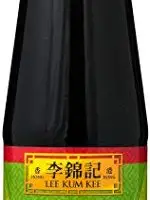 Lee Kum Kee Vegetarian Oyster Flavoured Sauce - 510 Grams
Lee Kum Kee Vegetarian Oyster Flavoured Sauce - 510 Grams -
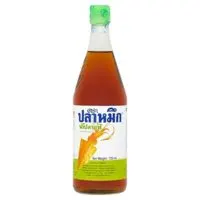 Squid Fish Sauce 725ml
Squid Fish Sauce 725ml -
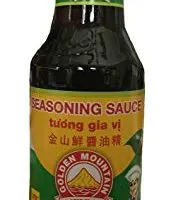 Golden Mountain Seasoning Soybean Sauce - 6.8 fl oz bottle
Golden Mountain Seasoning Soybean Sauce - 6.8 fl oz bottle
Nutrition Information:
Yield:
3Serving Size:
1Amount Per Serving: Calories: 1203Total Fat: 47gSaturated Fat: 12gTrans Fat: 0gUnsaturated Fat: 24gCholesterol: 101mgSodium: 3358mgCarbohydrates: 127gFiber: 37gSugar: 56gProtein: 76g
This data was provided and calculated by Nutritionix on 19/12/2022

KP Kwan
Sunday 25th of December 2022
Hi, this is KP Kwan. I am happy to see you in this comment area, as you have read through my recipe. I am glad to reply to any questions and comments as soon as possible.
Yohini Ariyanayagam
Tuesday 3rd of January 2023
@KP Kwan, Where I buy Golden Mountain sauce in Uk